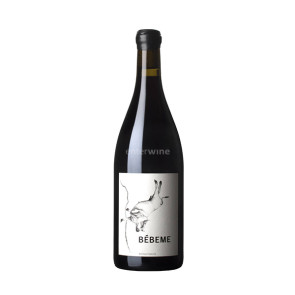Arribes

Located in the western part of the Iberian Peninsula, near the Spanish-Portuguese border, the area covered by Denominación de Origen Arribes has an extension of 2,500 hectares, 270 of which are registered in the DO Arribes regulatory board. Halfway between the provinces of Zamora and Salamanca, the area follows the Duero river on its way to Portugal, where it becomes the Douro. Legally approved in 2007, the DO Arribes gave official recognition to a long-forgotten wine region with a unique personality whose renaissance began in 1998, when a group of local winegrowers created the association “Vino de la Tierra de Arribes del Duero.” As of today, the DO Arribes has 19 member wineries.
The region enclosed by the DO Arribes is a geologically complex and rugged one, with slopes ranging from 10% to 30%. The lowest vineyards are planted at 120 metres of altitude, near the village of La Fregeneda, and the highest ones are at 820 metres above sea level, near Fermoselle. Shallow and abundant with rocks, most soils are sandy-loam, and they coexist with deeper areas composed of slate soils, which have a great capacity to retain water.
The climate of Arribes is strongly influenced by the topography of the region. Some areas have temperatures similar to those of the Toro region, while others have more in common with the Alto Douro region of Portugal. The plain has long, cold winters and hot, short summers, while the river canyons have mild winters and moderately hot summers, which help the grapes to ripen slowly and steadily. Average yearly rainfall is 700 mm, significantly higher than most areas in the Duero river basin.
A region with a millenary winemaking tradition, DO Arribes has a rich heritage of native grapes, some of which are not found anywhere else in Spain. The most important one is the red variety Juan García, a subtle and aromatic low alcohol grape, which can be complemented with Rufete, Bruñal, Tempranillo and Bastardillo Chico. Although less important, the red varieties Mencía, Grenache and Syrah are also permitted. As regards white grapes, Doña Blanca (aka Malvasía Castellana) is the most important one, usually blended with Verdejo, Albillo and the recently recovered and highly promising Puesta en Cruz.
Authorized grape varieties:
Red grape varieties: Juan García, Rufete, Bruñal, Tempranillo, Mencía, Grenache and Syrah.
White grape varieties: Doña Blanca (Malvasía Castellana), Verdejo, Albillo and Puesta en Cruz.





